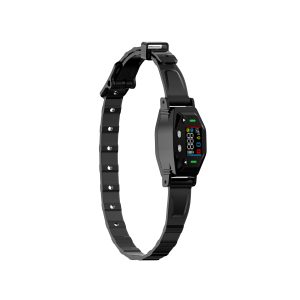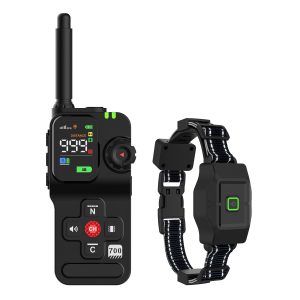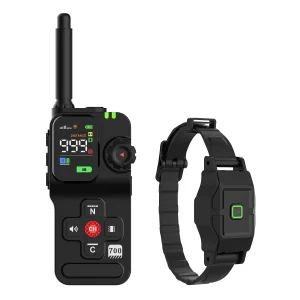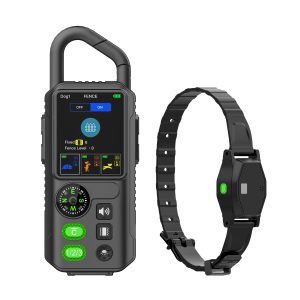Exploring the Effectiveness of Wireless Dog Fences
Wireless dog fences have gained popularity in recent years as a convenient way to contain our furry friends within set boundaries without the need for physical barriers. But how effective are these devices, and do they truly provide a reliable solution for pet owners?
One of the key benefits of wireless dog fences is their ease of installation. Unlike traditional fences that require digging and construction, a wireless fence can be set up quickly and easily. The system typically consists of a transmitter that emits signals to a receiver collar worn by the dog. When the pet approaches the boundary, it receives a warning signal or mild correction to deter it from crossing the set limits.
While this may sound like a simple and effective solution, the effectiveness of wireless dog fences can vary depending on various factors. The size and layout of your property, the dog’s breed and temperament, and the training provided are all crucial elements that can impact the success of these systems.
For some dogs, the warning signals may not be enough to prevent them from crossing the boundaries, especially if they are highly motivated or have a strong prey drive. In such cases, the static correction feature may be triggered, which delivers a mild electric shock to discourage the dog from crossing the boundary. However, the use of static correction raises ethical concerns among pet owners regarding its impact on the dog’s well-being.
Another factor to consider is the reliability of the wireless signal. Wireless dog fences can be influenced by environmental factors such as thick vegetation, metal objects, or other electronic devices that may interfere with the signal transmission. This can create inconsistencies in the boundary area, leading to confusion for the dog and potential escape opportunities.
Despite these challenges, many pet owners report success with wireless dog fences when used in conjunction with proper training and supervision. Consistent reinforcement of boundaries, positive reinforcement techniques, and gradual introduction to the system can improve the effectiveness of wireless dog fences and ensure that your pet stays safe within the designated area.
In conclusion, wireless dog fences can be a viable containment option for pet owners looking for a convenient and flexible solution. However, it is essential to consider the individual needs of your dog, provide adequate training, and be mindful of the limitations of these systems to ensure their effectiveness.




